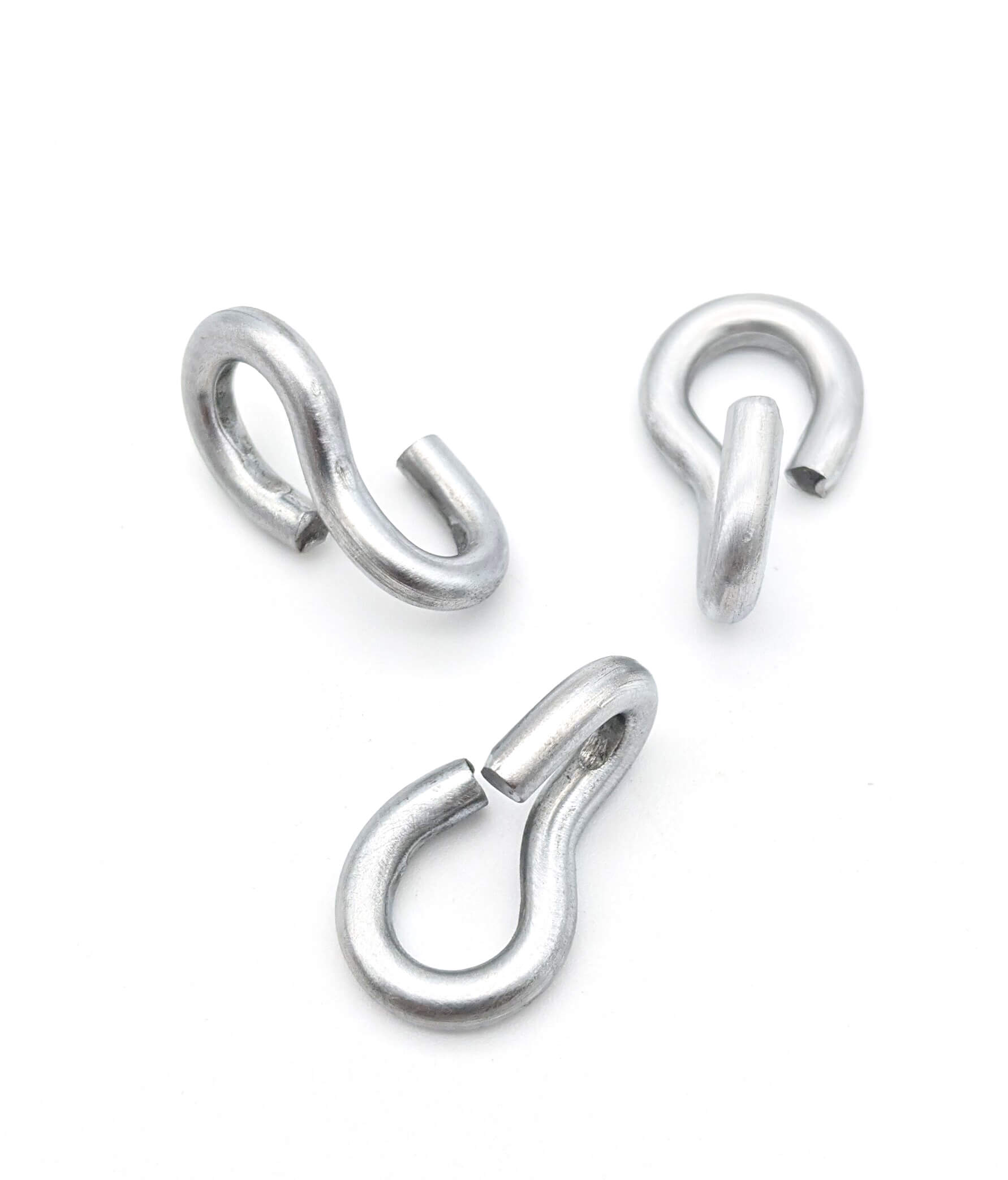Get unique, complex parts easily. No matter your requirements, Chaoyi Spring creates hard-to-produce coil springs and wire forms.
Let us help you create the custom wire form you need, from S-hooks and J-hooks to utility hooks and more.
We work closely with customers across a wide range of industries, helping them design and manufacture made-to-order parts.
Why choose Chaoyi Spring? We prioritize customer-focused collaboration, modern equipment and the latest technology to make your parts per print.
Find the information and guidance you need, from measuring a spring to learning about materials, placing an order and much more.
Imagine a world without springs. No bouncy balls, no comfortable car rides, no precise machinery. It's hard to fathom, isn't it? Compression springs, those seemingly simple coiled wires, play a


Imagine a world without springs. No bouncy balls, no comfortable car rides, no precise machinery. It's hard to fathom, isn't it? Compression springs, those seemingly simple coiled wires, play a crucial role in countless aspects of our daily lives. From the smallest gadgets to the largest machines, they silently work their magic, providing essential functions like support, stability, and energy storage. In this article, we'll delve into the fascinating world of compression springs, exploring their design, properties, applications, and the reasons why they are indispensable to modern engineering.

Compression springs, as the name suggests, are designed to resist compression forces. When you push down on a compression spring, it stores energy by compressing its coils. As you release the force, the spring pushes back, restoring its original shape and releasing the stored energy. The key to understanding compression springs lies in their unique properties, namely their stiffness, spring rate, and fatigue resistance.
The stiffness of a compression spring, also known as its spring rate, is a measure of how much force is required to compress the spring by a given distance. A higher spring rate means the spring is stiffer and needs more force to compress. This property is crucial in applications where precise force and displacement control are required.
Fatigue resistance is another important factor to consider when designing compression springs. This property refers to the spring's ability to withstand repeated compression cycles without failing. Factors like material type, wire diameter, and the number of coils all influence a spring's fatigue resistance.
Compression springs come in various shapes and sizes, each tailored to specific applications. Some common types include:
Compression springs are found in a wide array of applications across different industries, including:
Compression springs offer several advantages over other mechanical components, including:
Designing compression springs is a complex process that involves several considerations, including:
Selecting the right compression spring for your application requires careful consideration of several factors:
Let's look at some real-world examples of compression springs in action:
Compression springs are often overlooked, but they are essential components of countless machines and devices. Their ability to store and release energy, provide support, and control movement makes them indispensable to modern engineering. From the smallest gadgets to the largest machines, compression springs silently work their magic, ensuring smooth operation, stability, and precision. As we continue to innovate and develop new technologies, compression springs will undoubtedly remain a vital component of our world.
As you go about your day, take a moment to appreciate the silent heroes working behind the scenes. Those humble compression springs, hidden away in countless objects, play a vital role in making our lives easier, safer, and more enjoyable. They truly are the unsung heroes of modern engineering.
Browse some of the custom wire forms and springs that we manufacture. Don’t see what you need? We specialize in made-to-order products that meet your application requirements.
Visit Our GalleryNeed a custom wire form or coil spring? We make it work. Fill out the contact form and a representative will respond within 1 business day. If you have a PDF or CAD file, you can submit to request a quote.